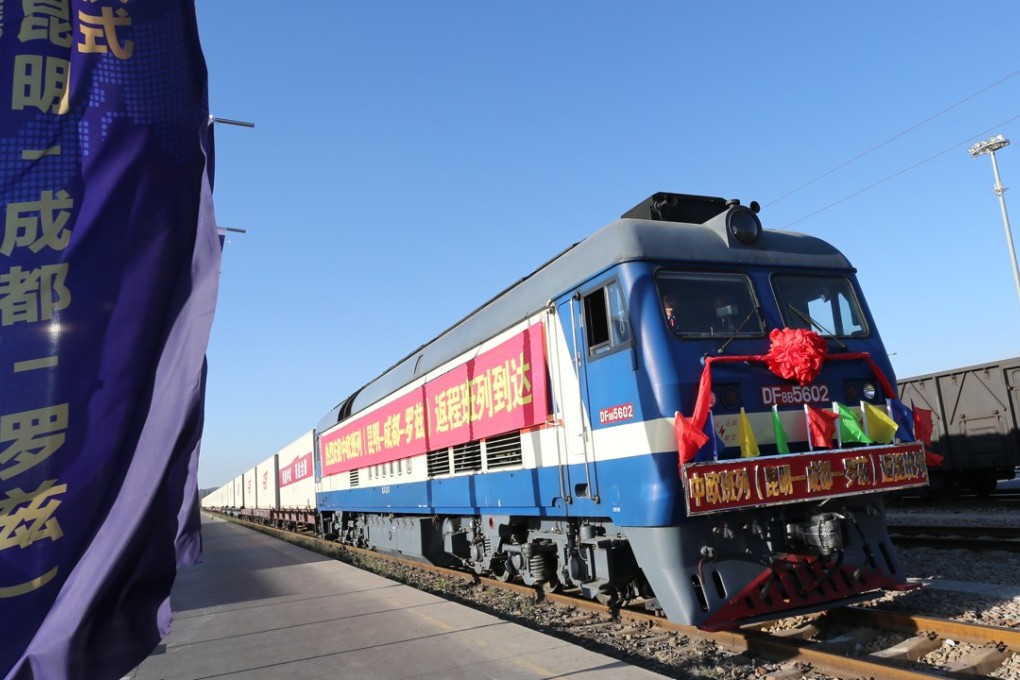Chengdu-Europe Express Rail accelerates logistical investment and puts rural Sichuan on track for growth
Transcontinental rail link evolves Chengdu from a regional hub to an international port and investment centre in the heart of China

The crowning achievement of Chengdu’s decades-long transformation into a transport hub can be summed up in the slogan: “Chengdu-Europe Plus”. It refers to the Chengdu-Europe Express Rail, which was inaugurated in 2013, but only recently reached its potential as a modern Silk Road connection between East and West. The rail link stretches more than 10,000km and takes 10 days to reach Poland and 14 to reach Germany. Its trains carry goods and products such as food, appliances, electronics, even luxury cars across the deserts of northwest China, the mountains of the Caucasus, and the steppes of Russia into the European heartland. The link is twice as fast as traditional shipping routes and one-quarter of the cost of air freight.
The train will make more than 1,000 trips this year, and plans to double that number in 2018. The rail link is merely one part of the strategy, however, and has been a catalyst for a whole range of projects that have knitted together markets from Shanghai to London.
Chengdu has capitalised on the new Silk Road link to garner more investment for high-speed-rail links within Sichuan Province, as well as more rail and highway links between Sichuan and other Chinese provinces. Those increased links and investment are then parlayed into manufacturing and technology parks that attract even more investment from firms looking to take advantage of faster, cheaper routes between China and the West.
Local Sichuanese markets deemed inaccessible, due to remote locations and bad transport are now open to investment and development from interested parties as far away as Spain and Kazakhstan. The accelerated progress has a snowball effect that has companies from Zhuhai and Nuremberg eager to jump on the gravy train.
With the links between European markets and Sichuan growing tighter and more efficient, Chengdu is acting as much more than a regional hub, but also as an international port of trade deep within the landlocked areas of China.
The rippling effect of Chengdu’s logistical progression is felt across the Asian continent, as stops along the line develop. From western Germany to the coasts of eastern China, the Silk Road lives again, with Chengdu at its heart.
